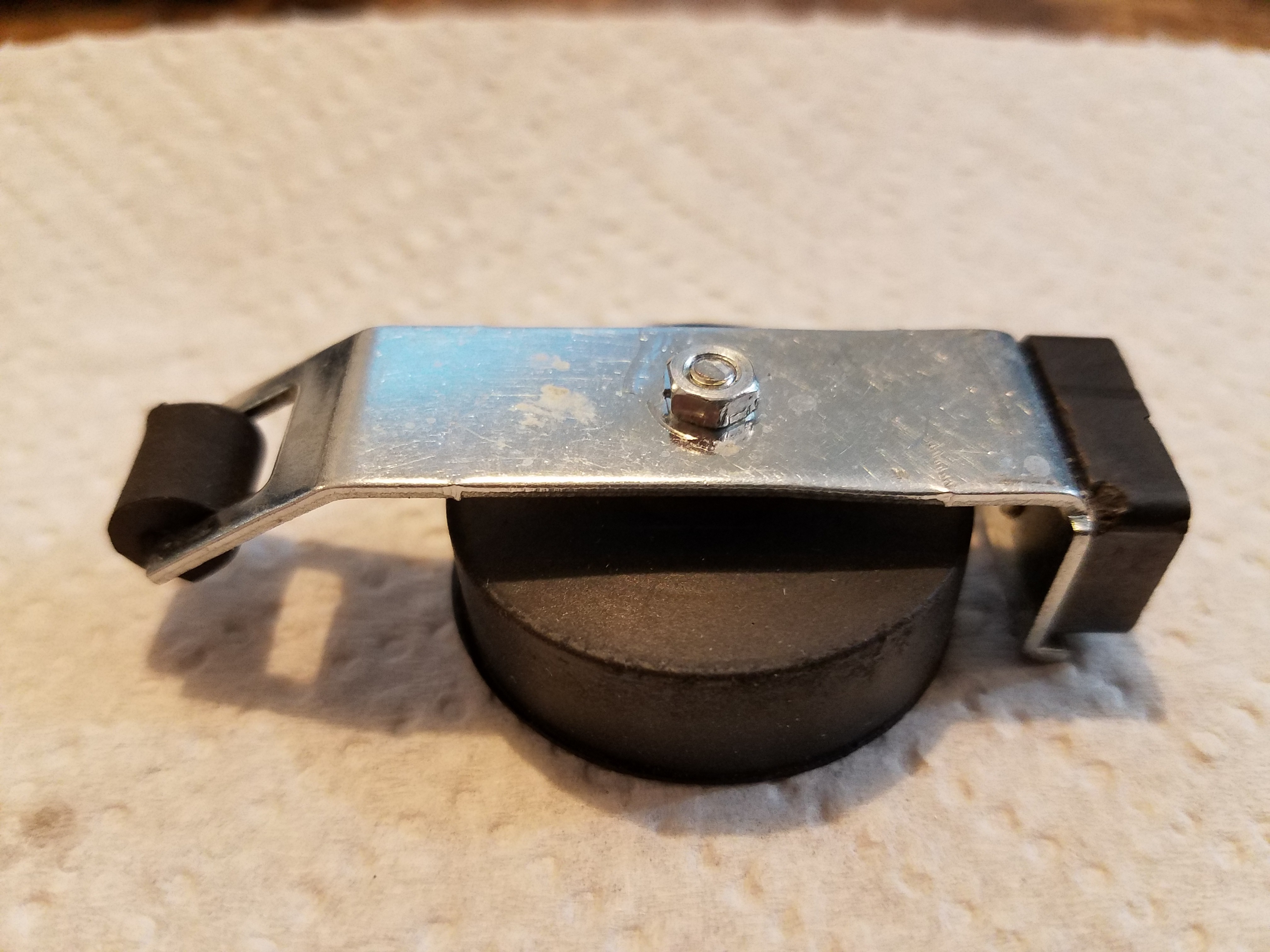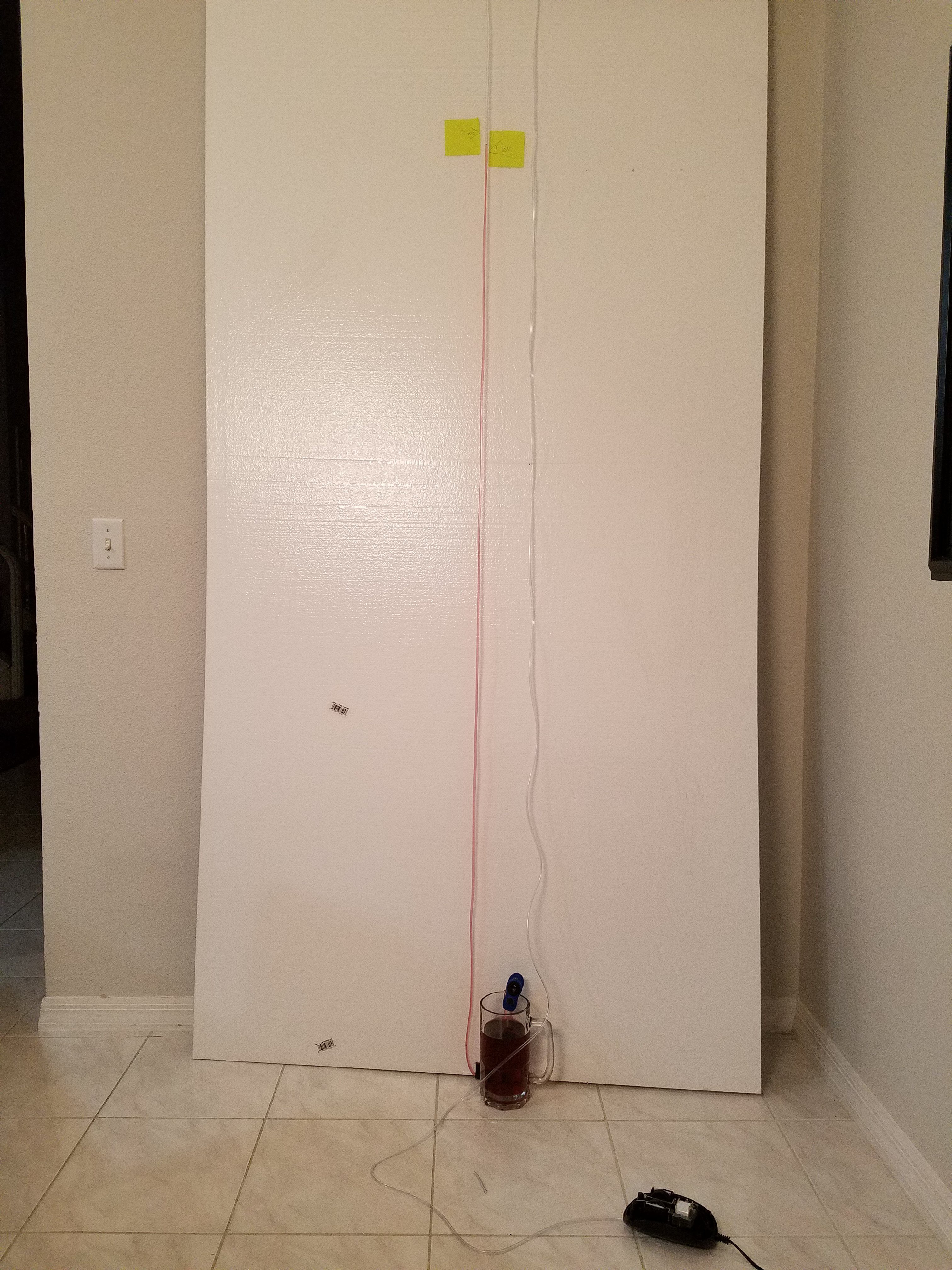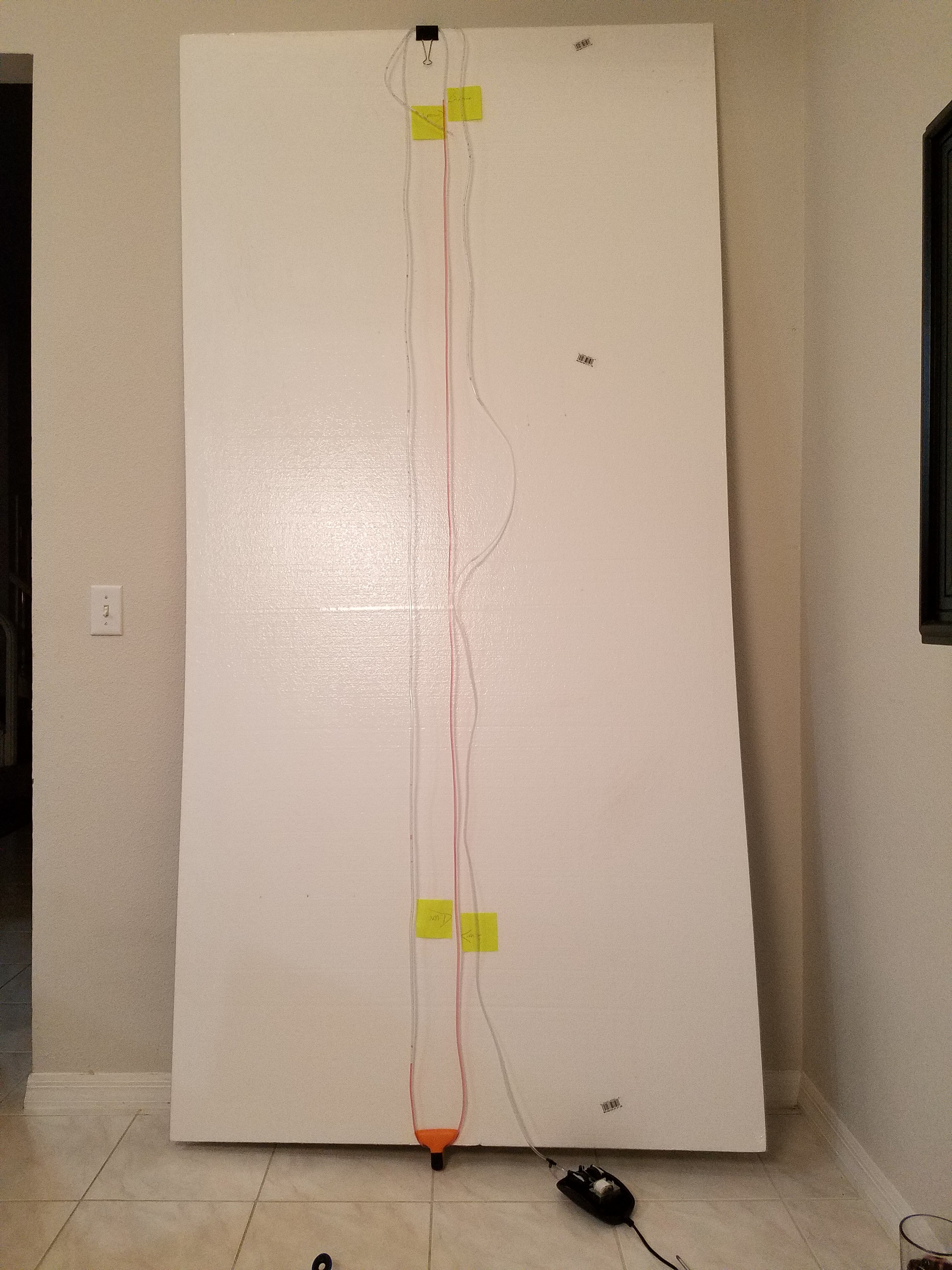In addition to the normal switching of the valves, I also tried the following:
- Lightening the diaphragm armature. I really like my angle grinder you know...
- Replacing the stock ceramic magnet with two different Neodymium ones with wildly varying results.
- Re-aligning the swing arm to bias for vacuum.
The baseline measurement of vacuum was 189mbar.
The first mod produced 196mbar at approximately the same volume.
The second mod didn't work at all for a smaller magnet, but then significantly increased the volume (and noise) with a larger one. Problem is at first it actually lowered the maximum attainable vacuum to 169mbar. I'll detail this in a project log.
The third, re-aligning the swing arm biased towards vacuum operation surprisingly yielded by far the greatest gains. I will also detail this in a project log.
All three changes together doubled the pumped volume and increased the maximum attainable vacuum to 231mbar. That is a 22% improvement over stock and will pull a nearly 2.5 meter ( 8 foot) water column.
The drawbacks:
- Replacing the magnet resulted in a lot more tension on the small rubber swing arm pivot. Normally this little bit of rubber is only supported on the ends and so would probably wear out rather rapidly. I have tried to mitigate this by reinforcing it with a small section of stainless tubing through the middle.
- The swing arm is now moving about five times farther. I imagine this is going to significantly impact the service life of the diaphragm. Given it was designed to operate continuously for years on end, it will still probably perform admirably at my little task. I'll let you know in a year.
- Attaching the magnet to the swing arm without a rivet was problematic. It is surprisingly difficult to bond to these magnets with the temperature changes and constant 60Hz motion trying to tear them apart.
Was it worth it? In the grand scheme of things probably not. The 100 gallon version of this pump would probably do a bit better as it can produce ~260mbar of vacuum with just the valve modification. But like most experiments, they usually happen with something you already had on hand. :)
Without any mods this little pump will still pick up parts just fine, and will do it using only one diaphragm.
But now I know, and knowing is half the battle.
 MasterOfNull
MasterOfNull


